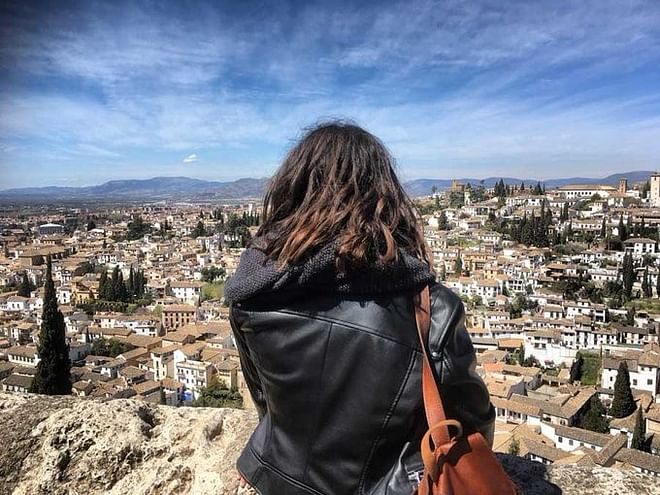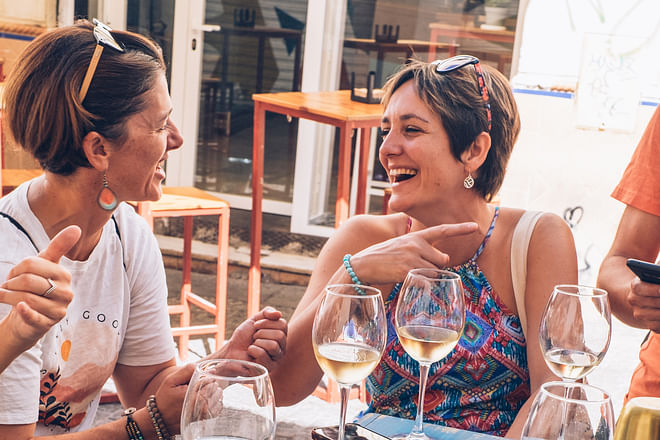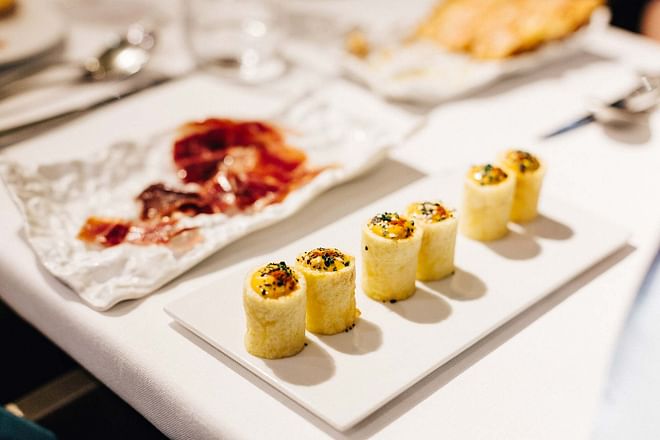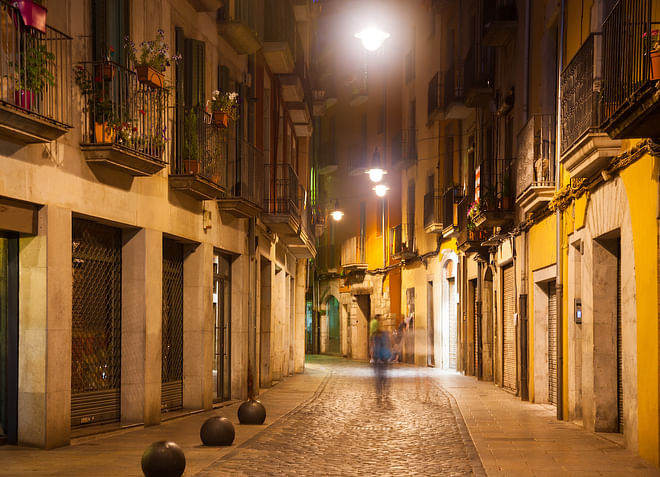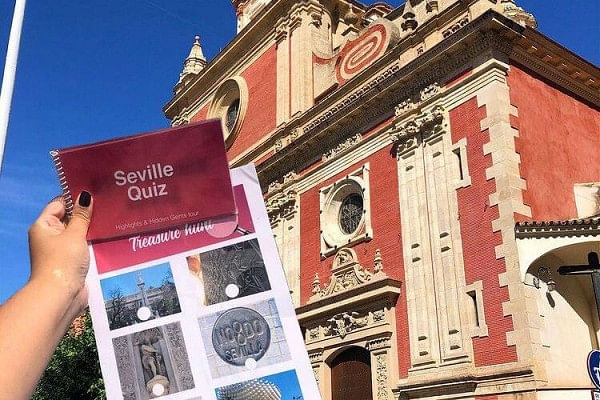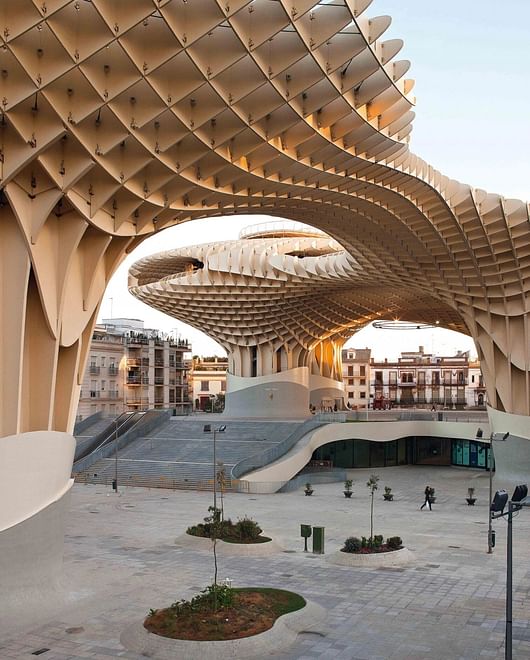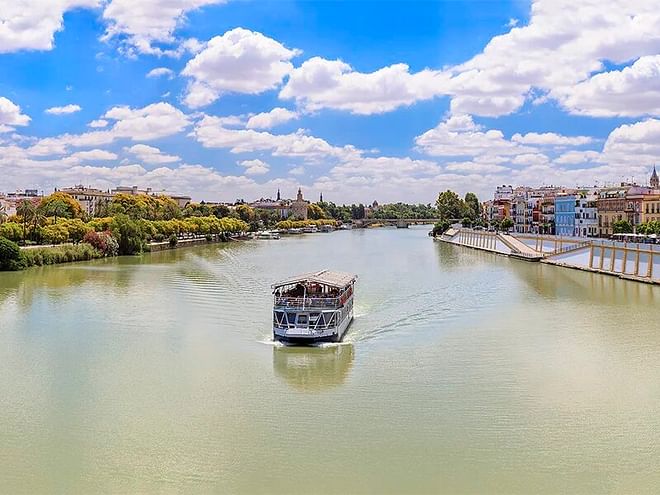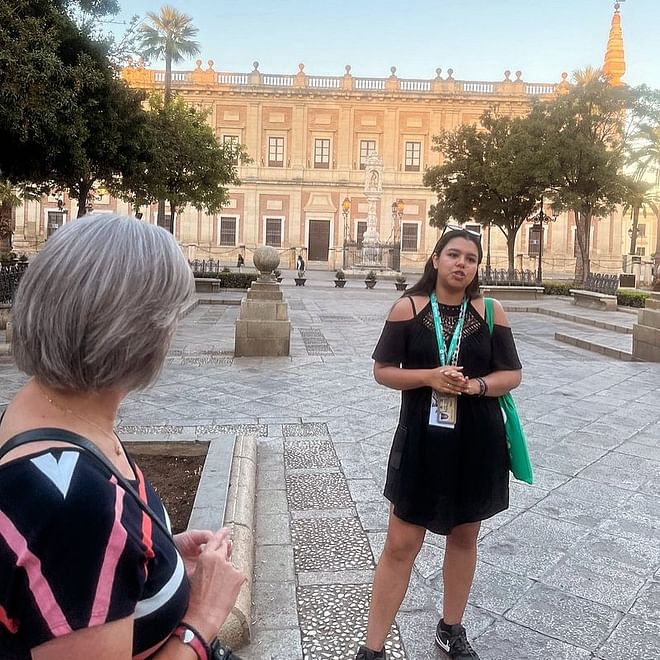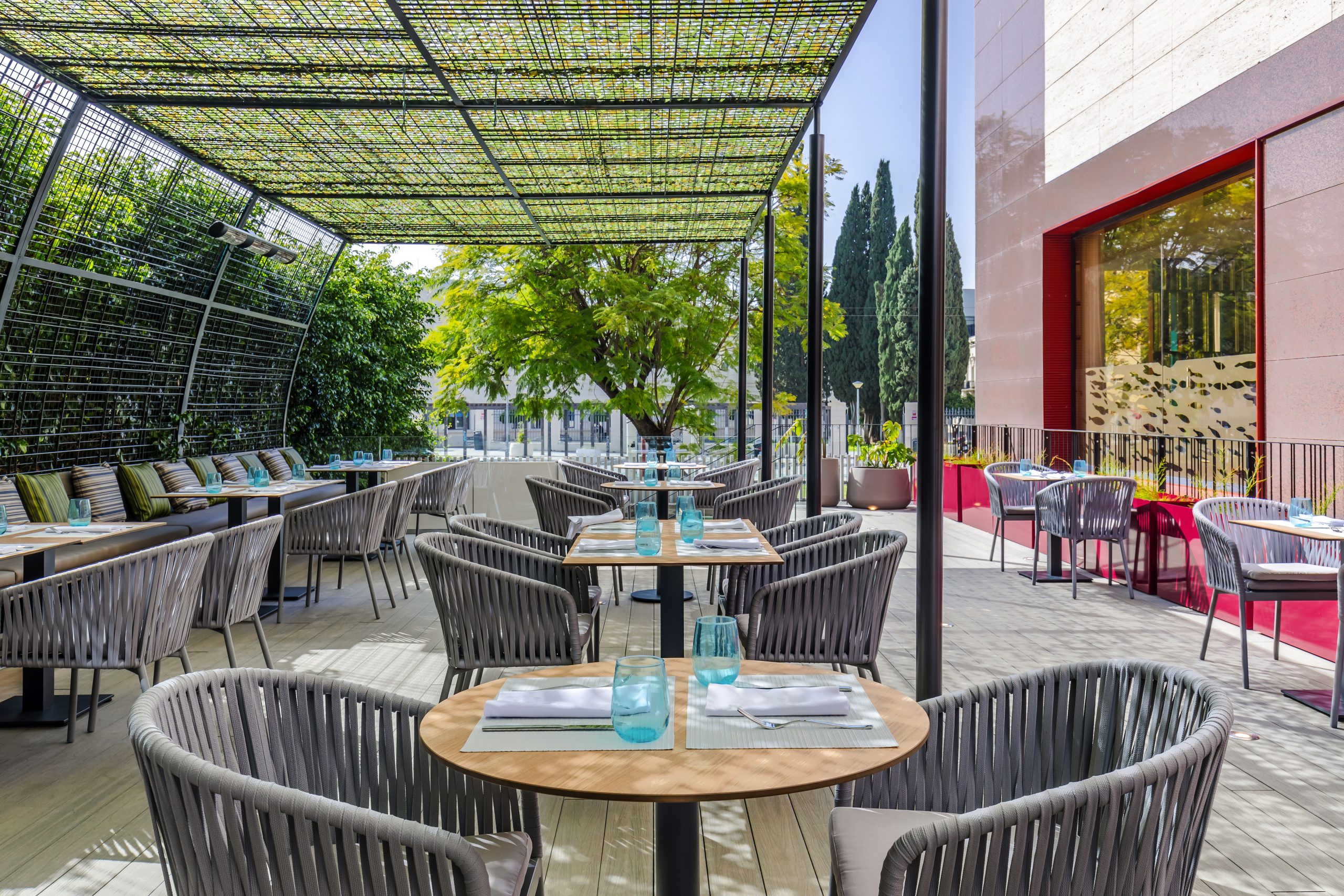Murillo Gardens are one of the best examples of a regionalist park in Seville. Located on land that until the 19th century formed part of the Alcazar of Seville, its botanical exuberance and its many pieces of Sevillian ceramics make it an ideal stop before entering the Santa Cruz neighbourhood.
This article provides some details about the history of Murillo Gardens and its most attractive places, and gives you some ideas of what to do in the surrounding area.
- History of Murillo Gardens
- Things to see at Murillo Gardens
- Paseo de Catalina de Ribera
- Things to see nearby
- Hotels in Seville
History of Murillo Gardens
Murillo Gardens formed part of the Royal Alcazars of Seville. At the time, this land was known as Huerta del Retiro. In 1862, the plots of land were donated to the city to undertake the expansion of the Fair, which was then held in the nearby Prado de San Sebastián, its original location before moving to the Los Remedios neighbourhood.
Initially known as Retiro Gardens, it was not until 1915, when the city was preparing for the Ibero-American Exposition of 1929, that they took the form we know today. Its design, which has been largely preserved to this day, was the work of the Sevillian architect Juan Talavera, who gave them the regionalist style that can be found in all the buildings of the first major international exhibition hosted by Seville.
Three years later, in 1918, the editor of the newspaper El Liberal, José Laguillo, requested that they be renamed in honour of the Sevillian painter Bartolomé Esteban Murillo, who was buried in a nearby church at the time.
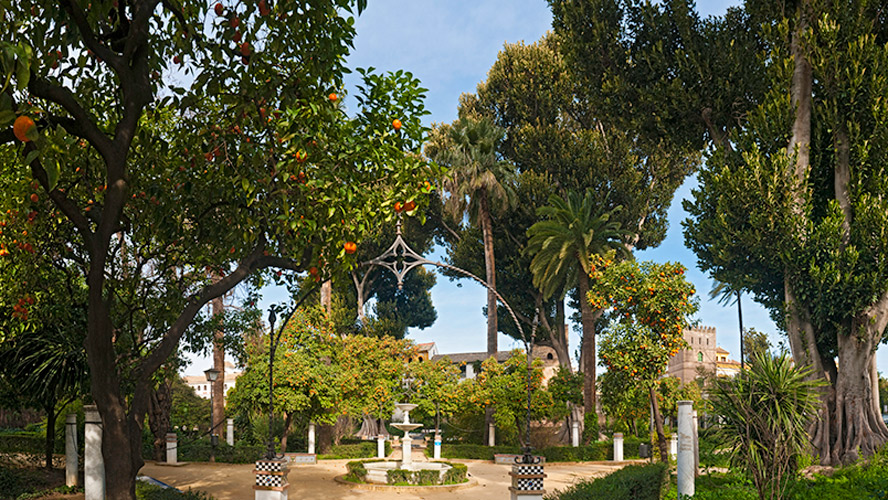
Things to see at Murillo Gardens
Plaza del Alfaro is one of the main squares in Murillo Gardens. You can access it through Callejón del Agua Street, which borders the Santa Cruz neighbourhood. In that square, you will see the famous Rosina’s Balcony, which is mentioned in the opera The Trickster of Seville.
Between that entrance and the one on Plaza de Santa Cruz (the only two entrances to the Gardens from the historic centre), you will see the remains of the Alcazar Walls, where two towers still stand.
Nevertheless, the most characteristic feature of Murillo Gardens are the fountains and benches that decorate the five roundabouts in which they are distributed, decorated with early 20th-century Sevillian-style ceramics.
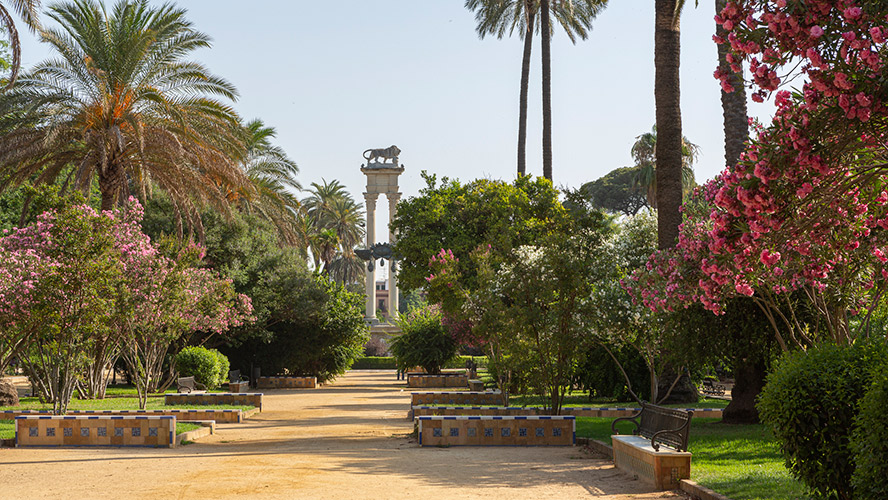
Paseo de Catalina de Ribera
Paseo de Catalina de Ribera is a tree-lined path that runs parallel to the walls of the Alcazar’s Gardens. It runs lengthwise through the Catalina de Ribera gardens, in honour of a 16th-century Andalusian noblewoman, and Murillo Gardens, just to the north.
As with the latter, its origin lies in the land transferred in 1862. At that time it was known as Paseo de los Lutos. An initial refurbishment project was carried out at the end of the 19th century. In 1920, with a view to the Ibero-American Expo in Seville, Juan Talavera himself undertook its current layout.
Paseo de Catalina de Ribera has a central point and two secondary ones. In the middle is the most significant landmark in the area: the Columbus Monument. Funded by the townsfolk on the initiative of José Laguillo himself, it consists of two 23-metre columns topped with the figure of a lion with an orb. Between the two columns, there are two caravel bows.
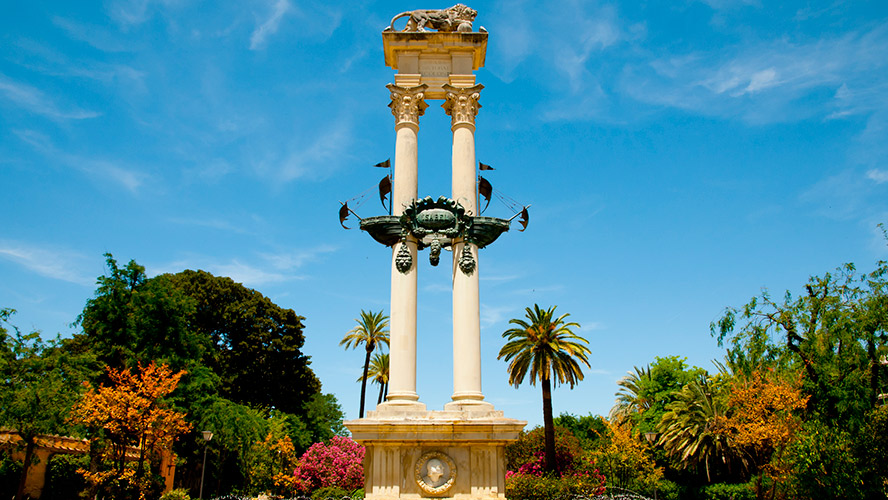
Things to see nearby
Murillo Gardens are located in one of the areas with most monuments in Seville. Just a ten-minute walk away, you will find some of Seville’s most iconic places.
Adjacent to the Gardens is the Santa Cruz neighbourhood, i.e. the old Jewish quarter and Seville’s most outstanding traditional area. Getting lost in the narrow streets and stopping in the squares full of orange trees are a must in Seville.
The Alcazar of Seville is next to Murillo Gardens: as stated above, the gardens were once part of this monument. On the other side of the Alcazar, around Plaza del Triunfo, you will see two of Seville’s other main symbols: the Archive of the Indies and the Cathedral, crowned by the Giralda tower.
If you walk from the Gardens in the opposite direction, towards the south, you will reach María Luisa Park and Plaza de España, the crown jewel of the Ibero-American Exposition of 1929.
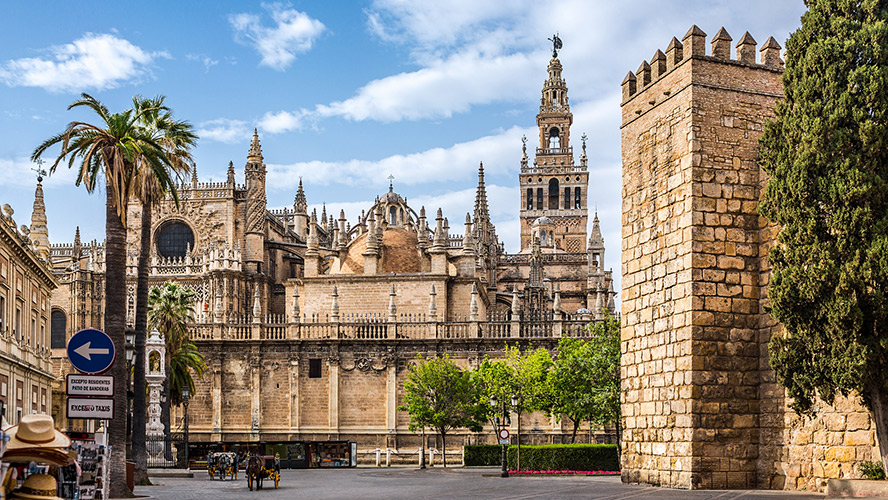
Hotels in Seville
The Hotel Barceló Sevilla Renacimiento is one of the best options for exploring the city. Located on Cartuja island, on the banks of the river Guadalquivir, it is just a 20-minute walk from the city centre and only 5 minutes from the Isla Mágica amusement park. It has 295 recently renovated rooms with a modern style.

























































